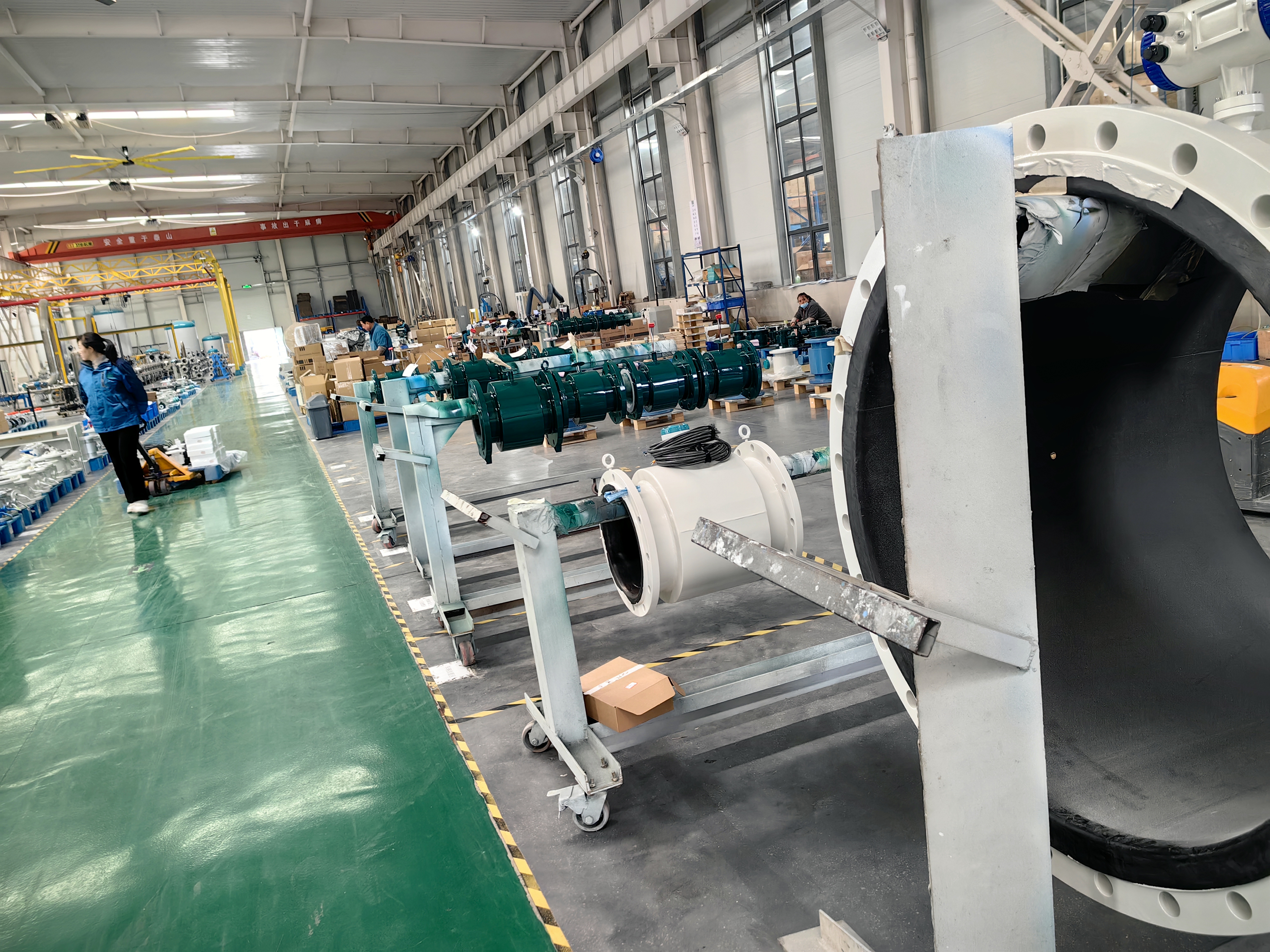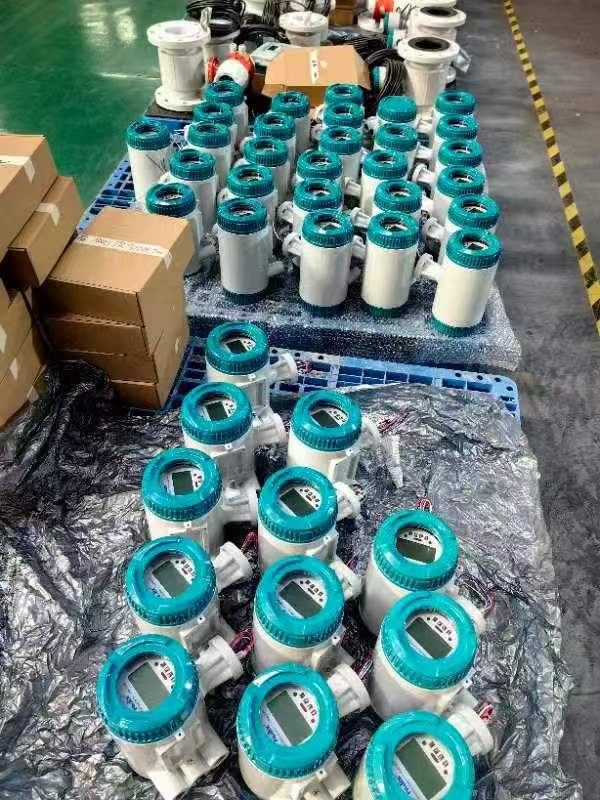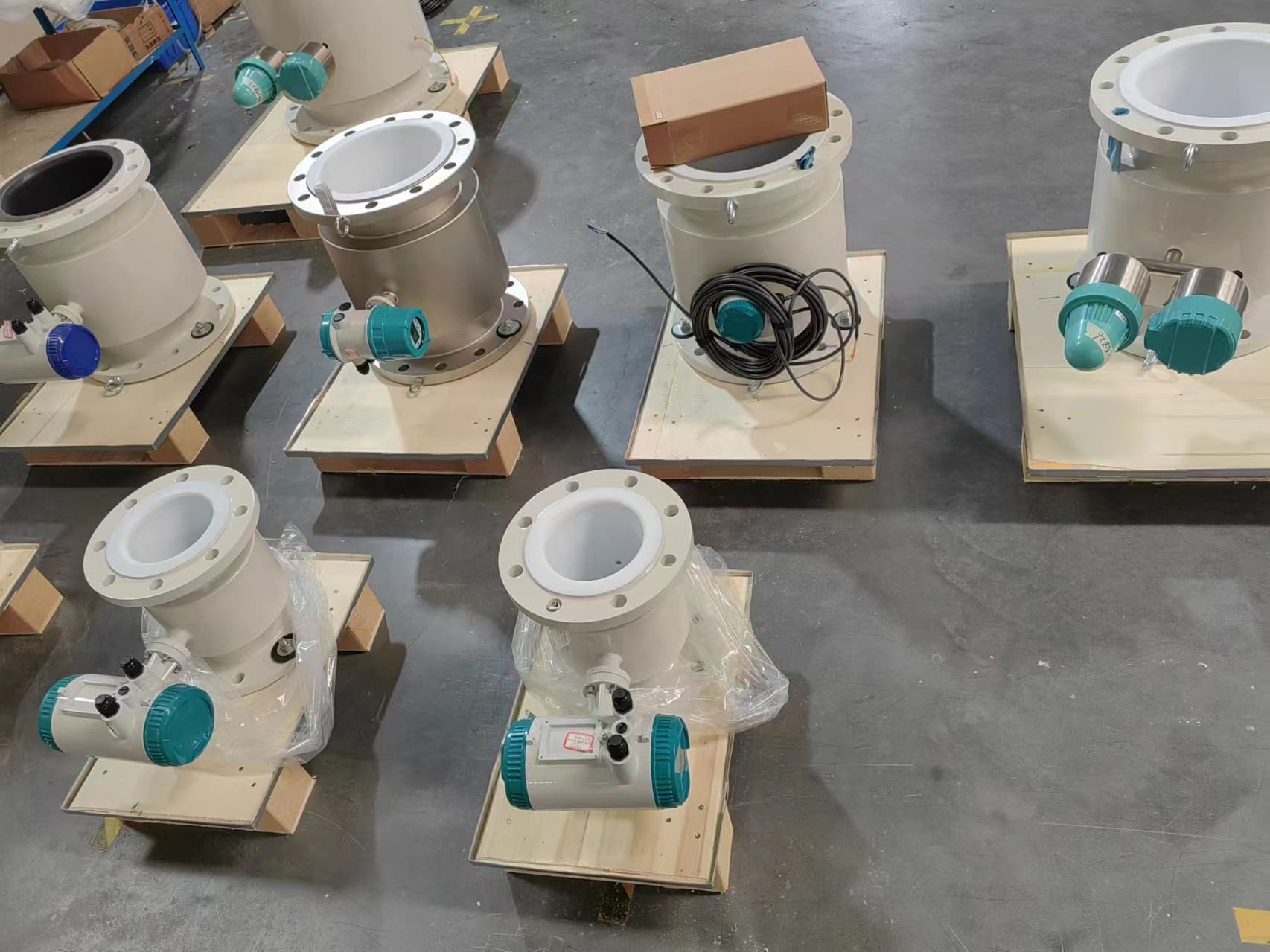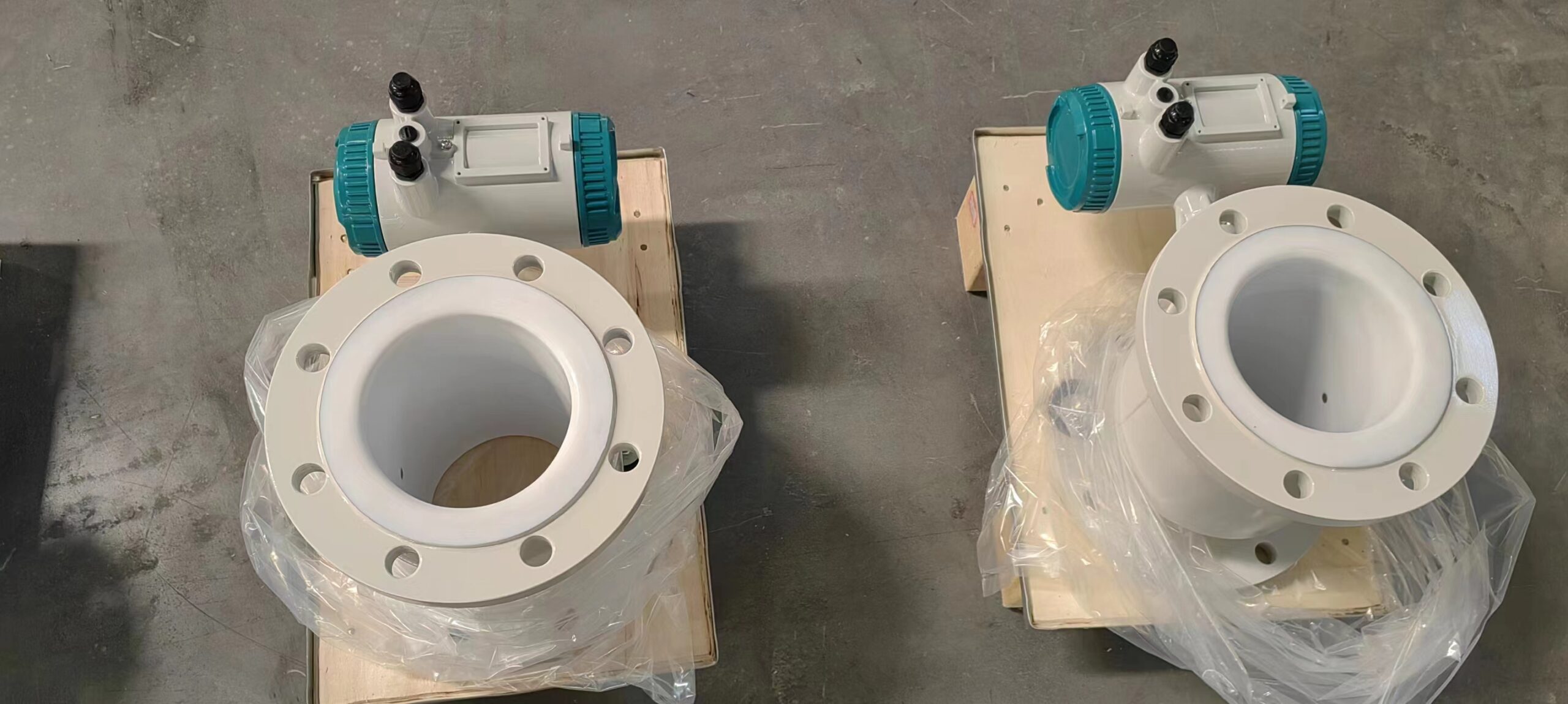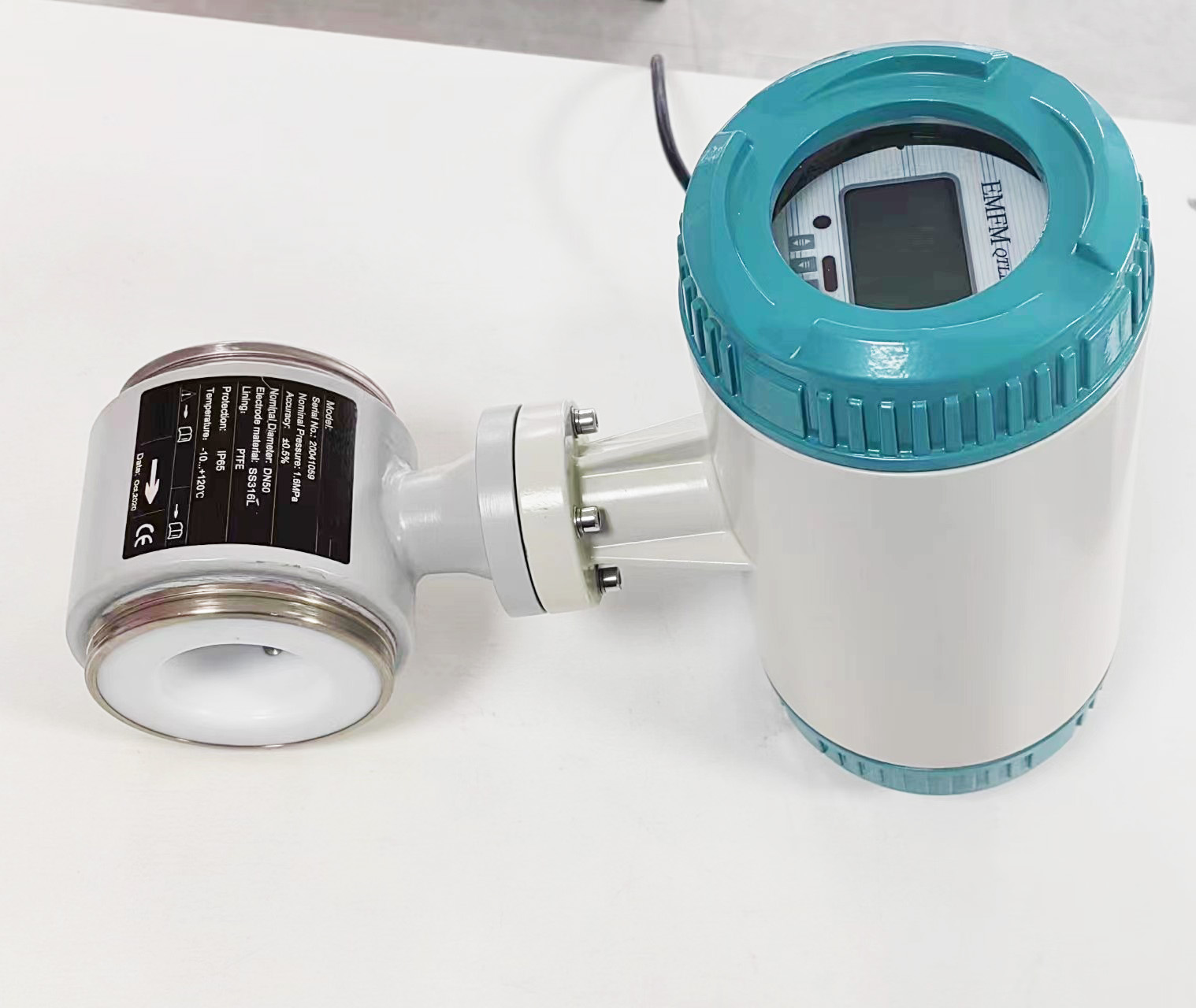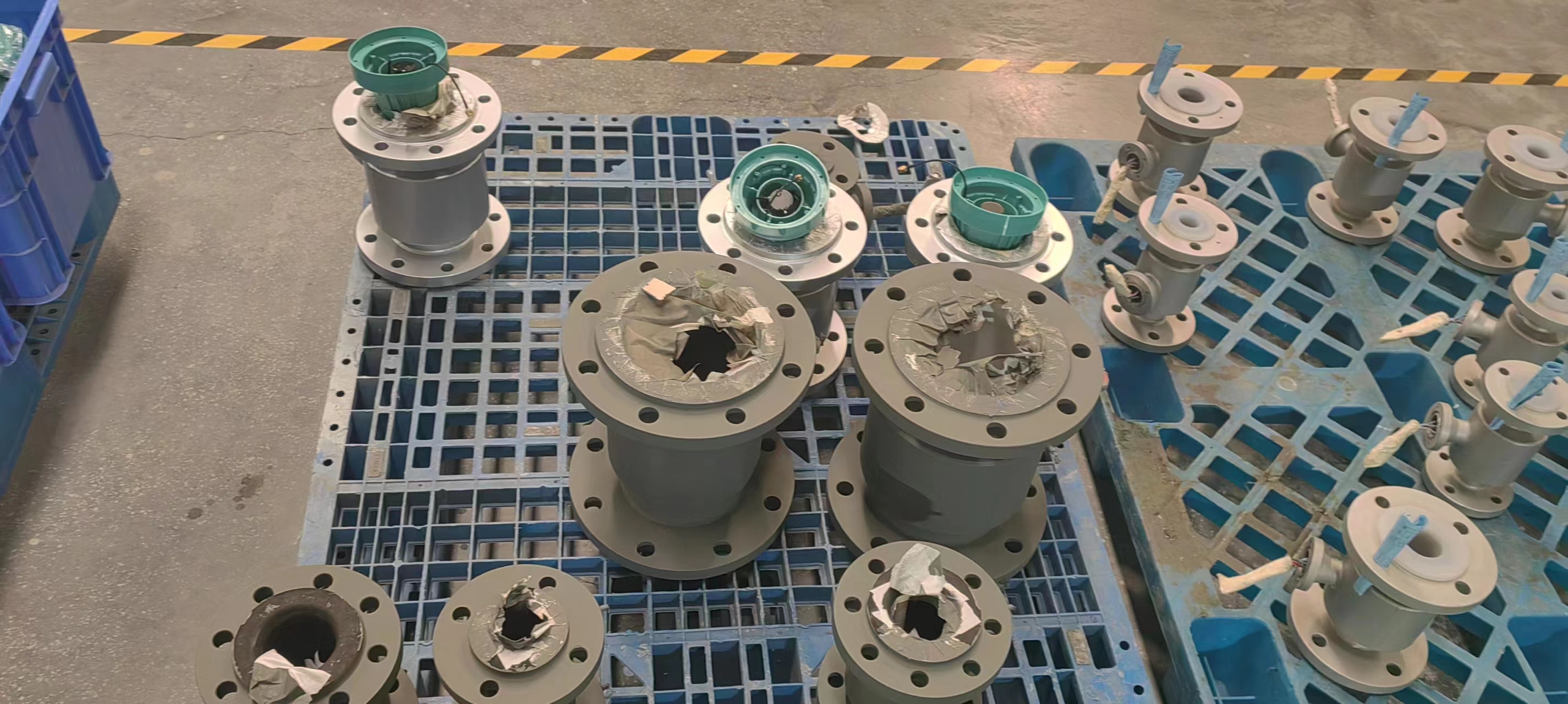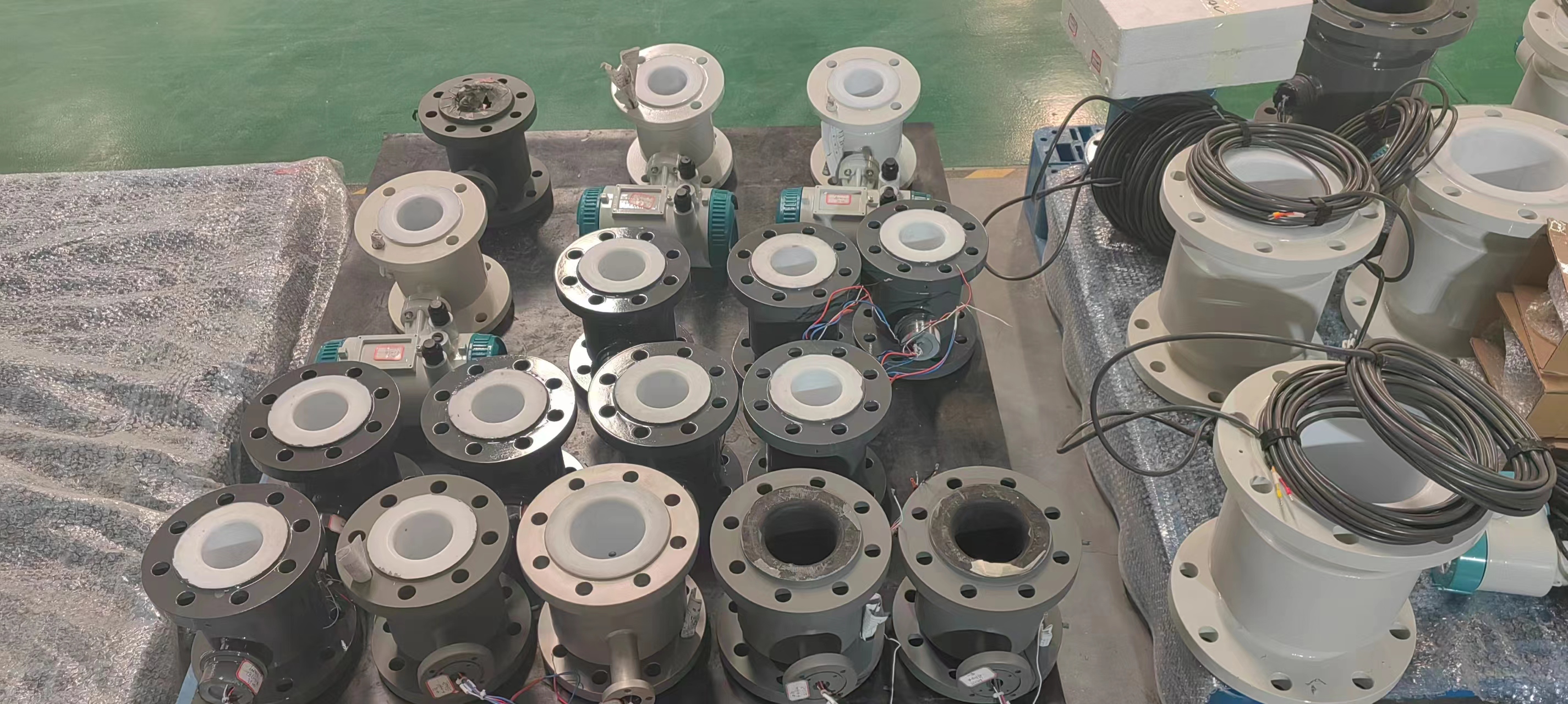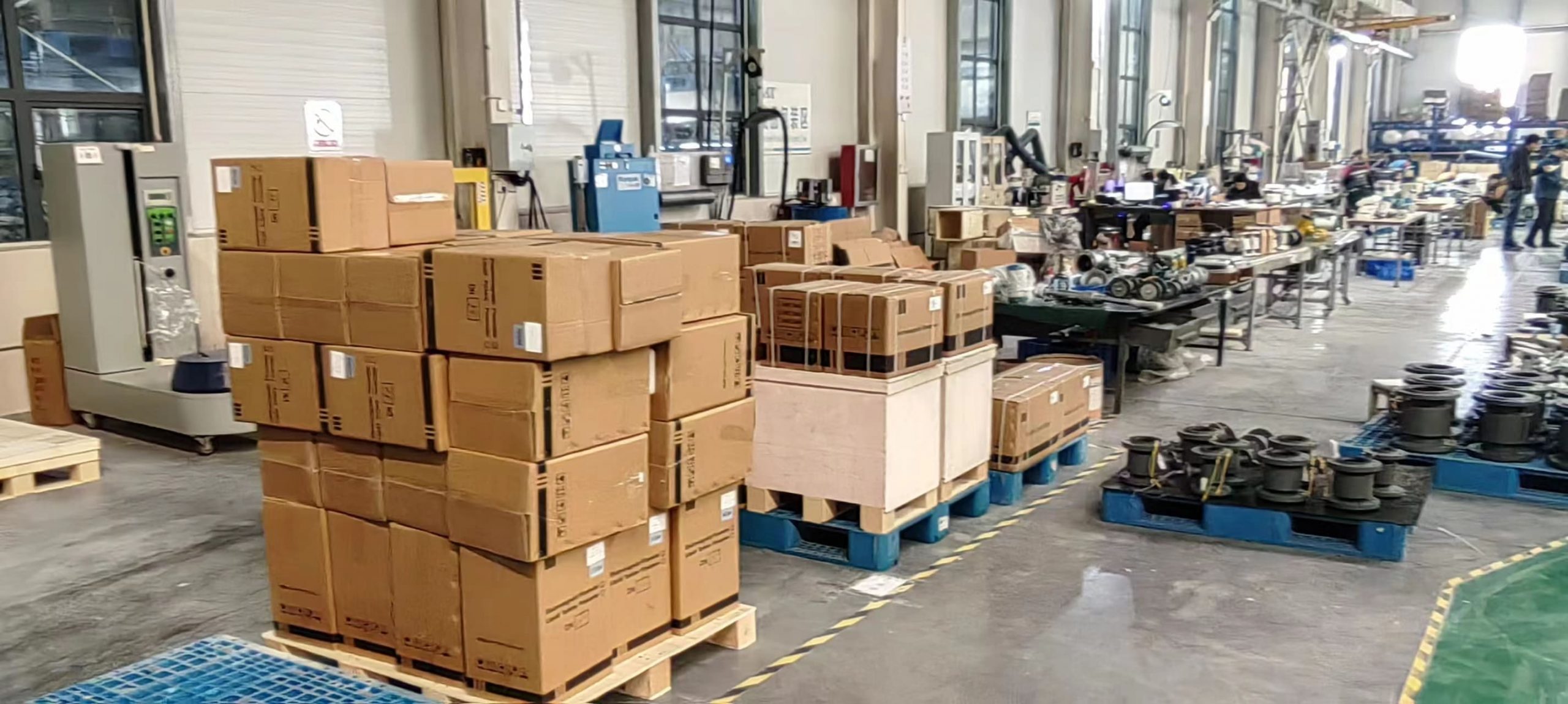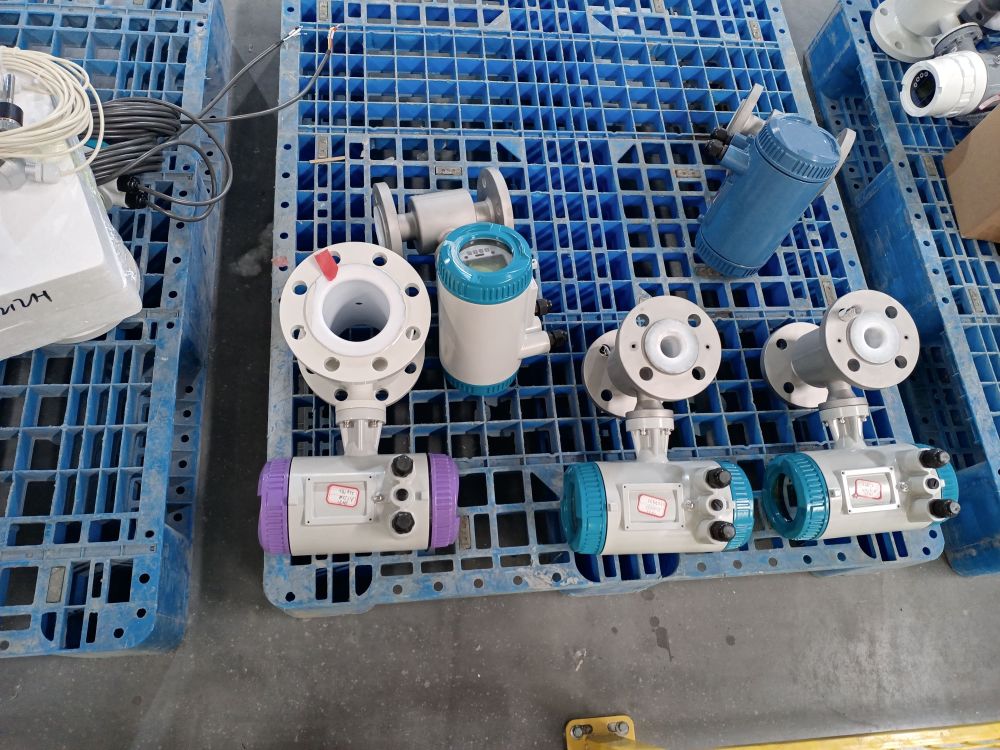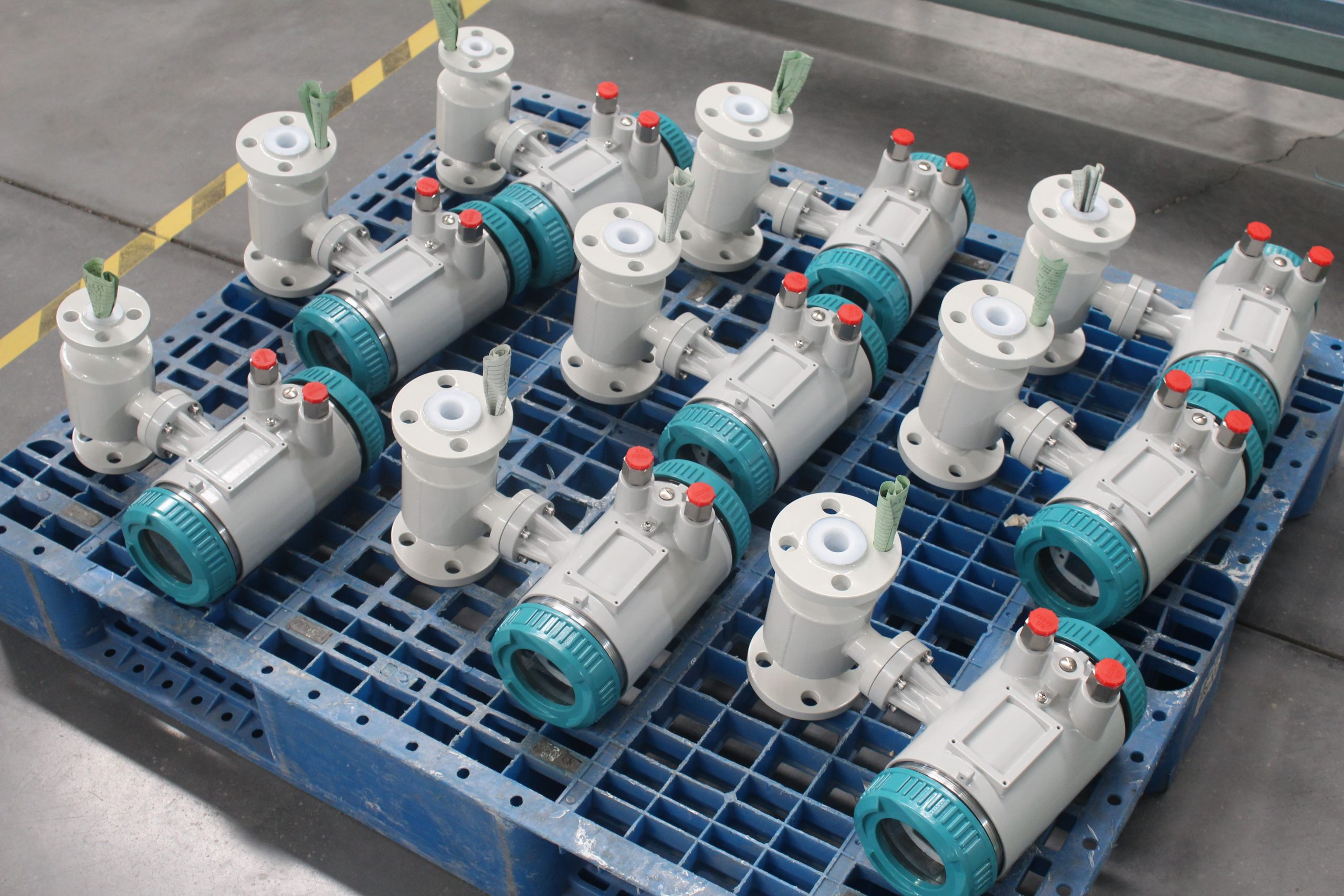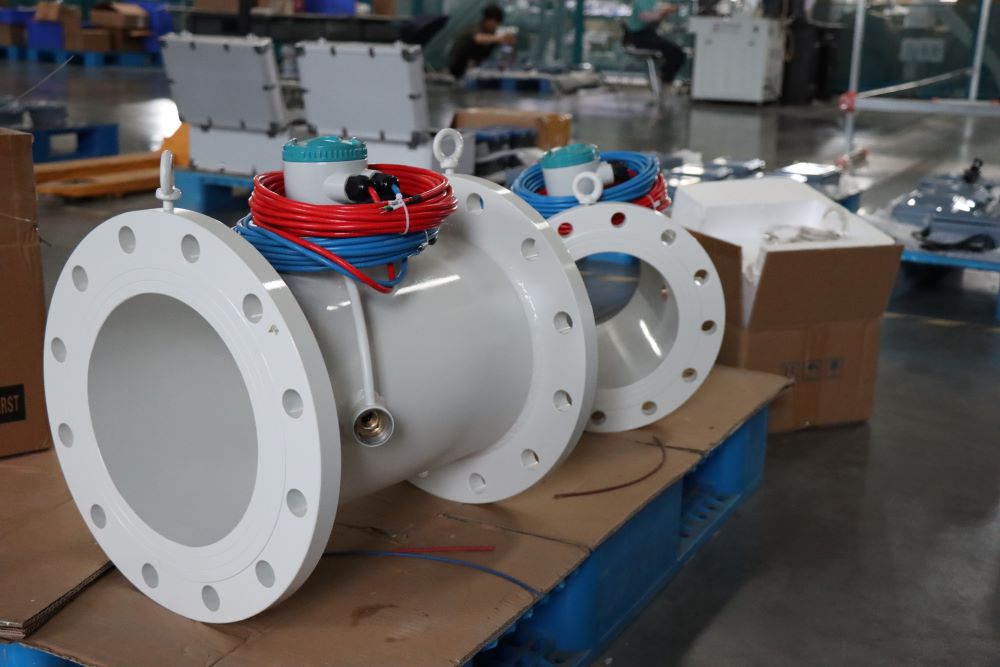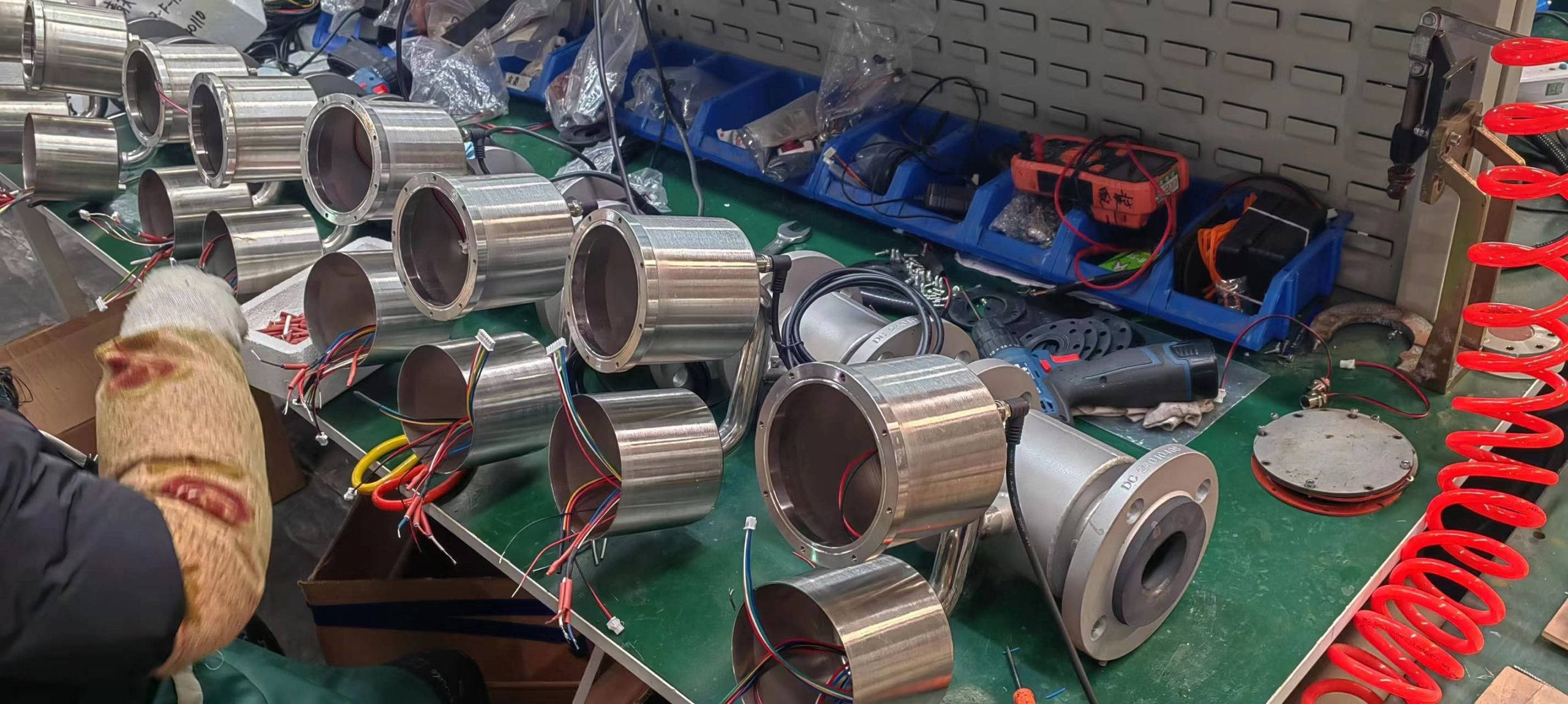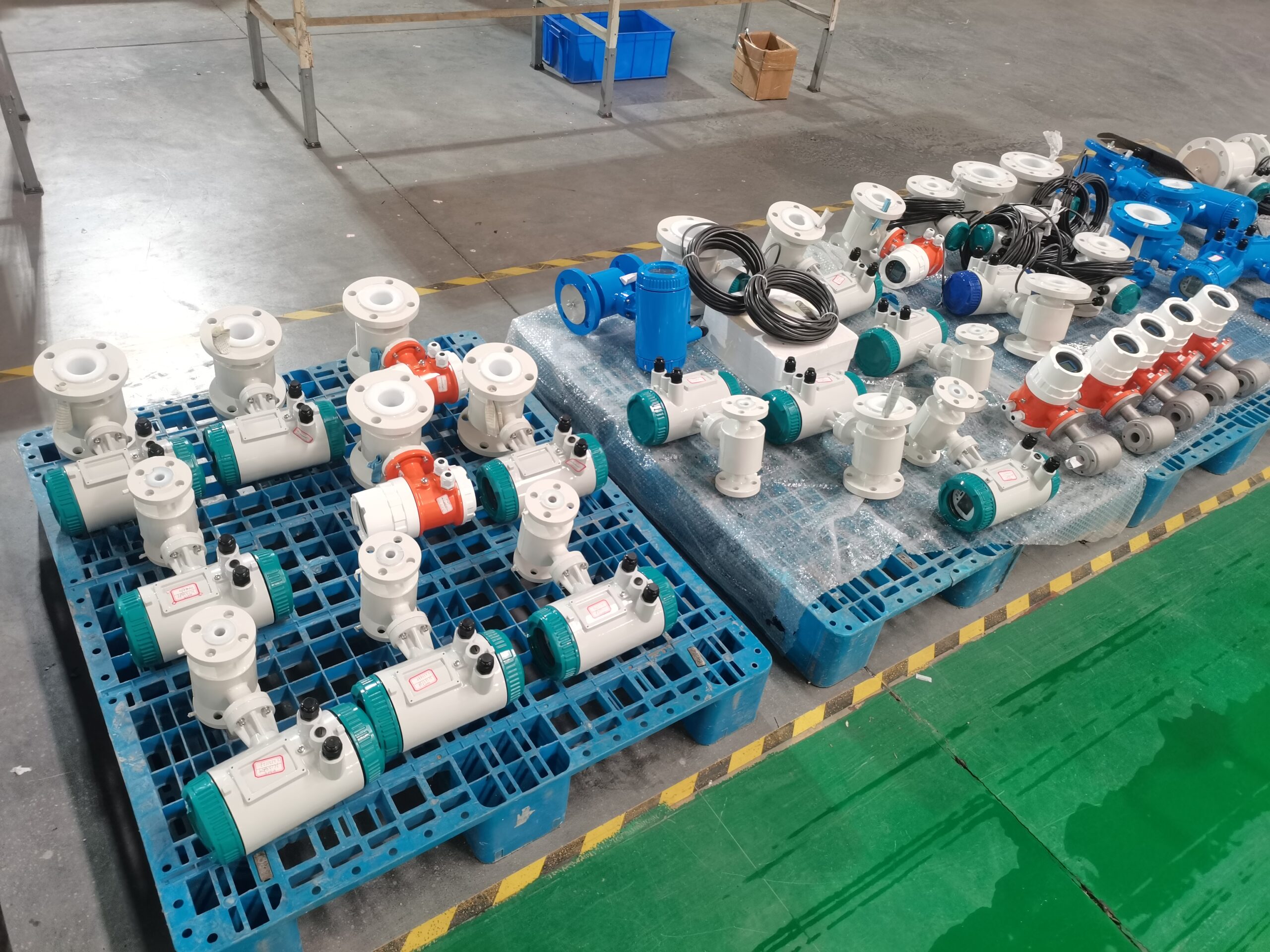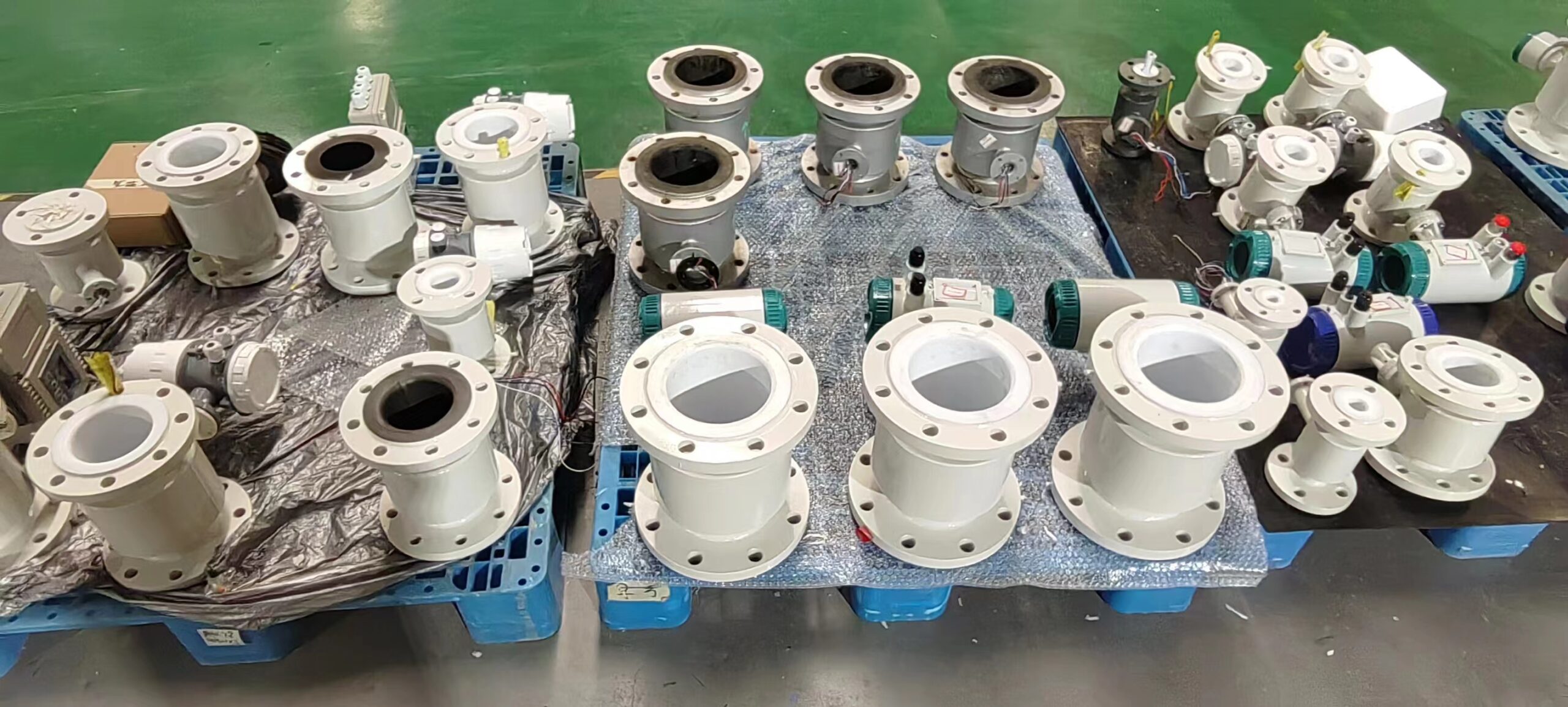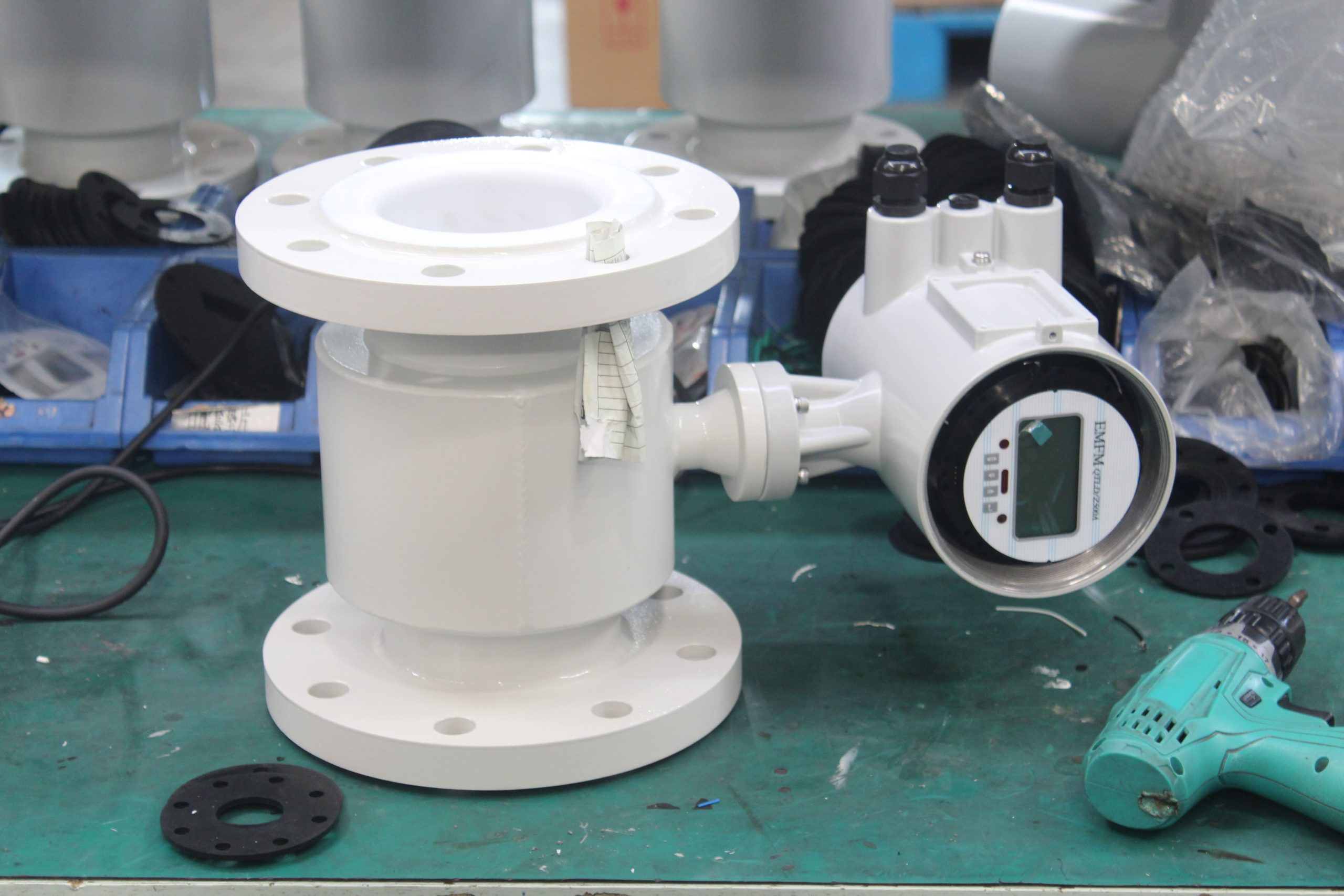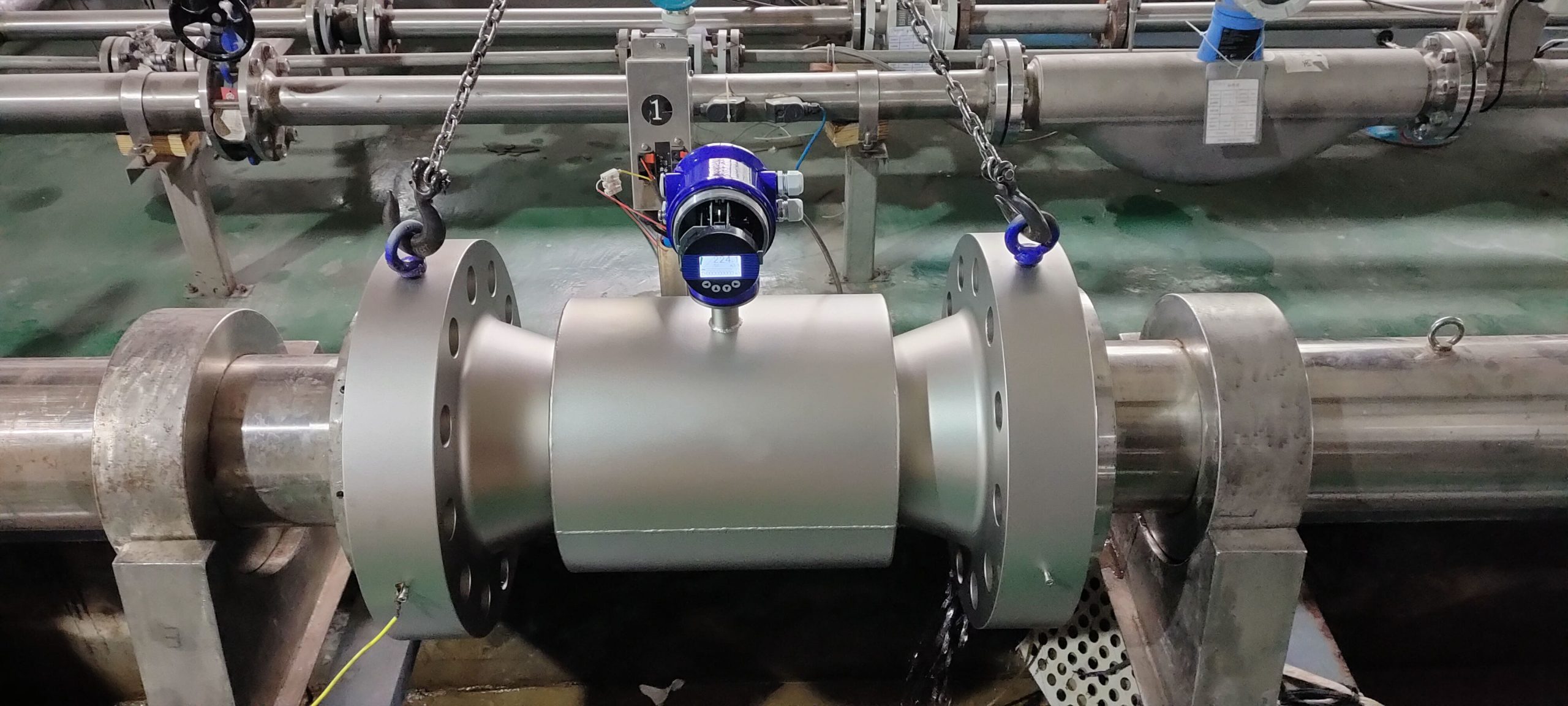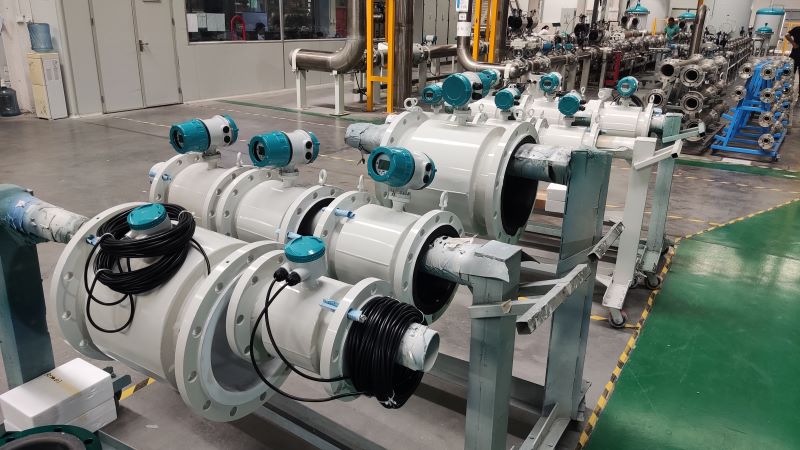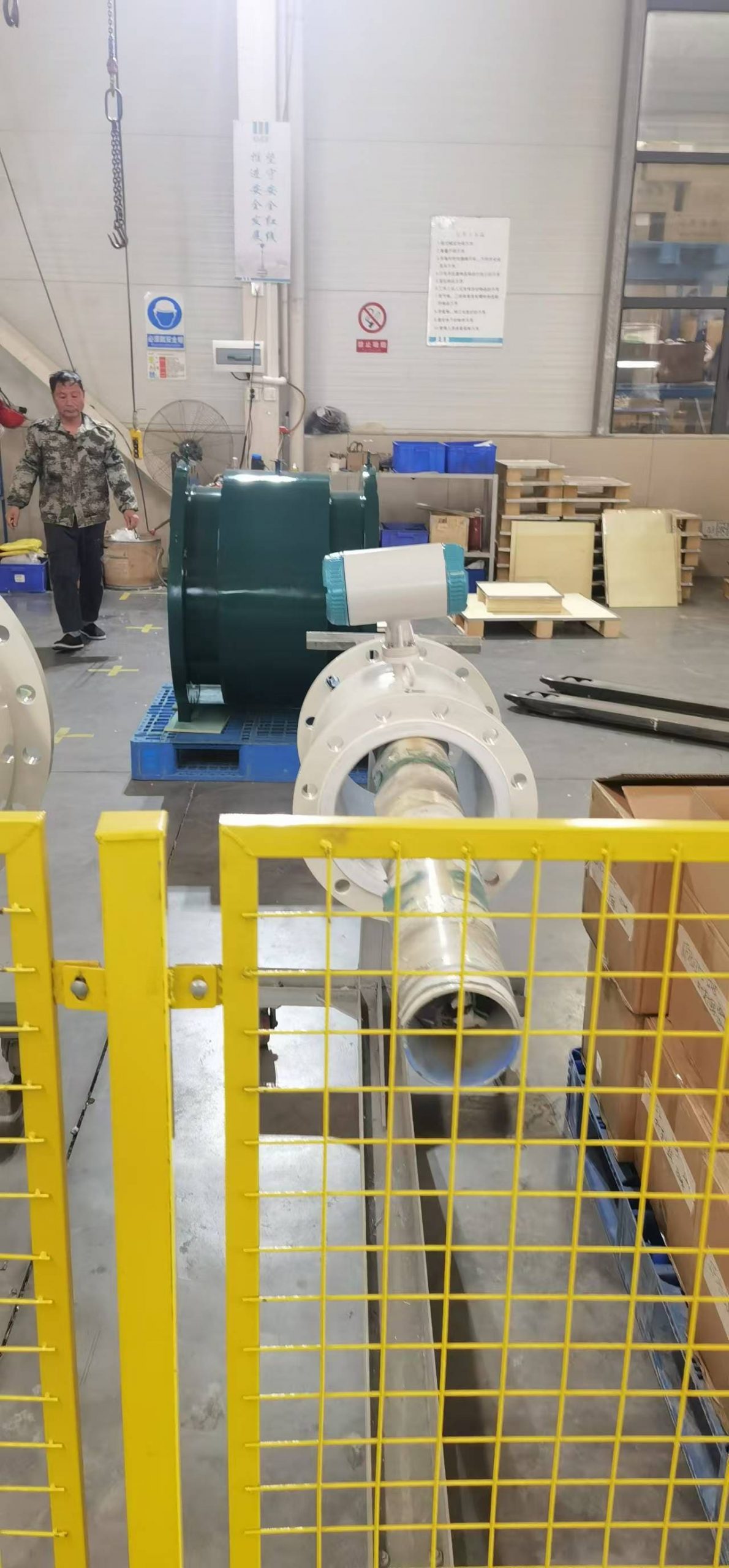Insertion Electromagnetic cleaning method for electromagnetic flowmeters
Today we bring you an introduction to the cleaning method of the plug-in electromagnetic flowmeter.
1. For inorganic contamination, the electrode can be immersed in 0.1mol/L diluted hydrochloric acid for 30 minutes, cleaned with pure water, and then immersed in 3.5MOL/L potassium chloride solution for 6 hours after use.
2. Soak in 4% hydrogen fluoride solution for 3 ~ 5s, remove and rinse with distilled water, then soak in 0.1mol/L hydrochloric acid solution for several hours, rinse with distilled water, and calibrate
3, for organic oil and oil film pollution, the surface of platinum or gold can be cleaned with pure water after cleaning with detergent, and then immersed in 3.5MOL/L potassium chloride solution for 6 hours.
4. Platinum surface is seriously polluted to form an oxide film, the surface of platinum or gold can be polished with toothpaste, then cleaned with pure water, and then immersed in 3.5MOL/L potassium chloride solution for 6 hours after use
Usually, it is necessary to make periodic visual inspection of the electromagnetic flowmeter, check the surrounding environment of the electromagnetic flowmeter, sweep away dirt, ensure that there is no water and other substances, check whether the wiring is good, check whether there is a new strong electromagnetic field equipment near the instrument or a new wire across the instrument. If the measuring medium is easy to stain the electrode or precipitate and scale in the measuring tube wall, it should be cleaned and cleaned regularly.

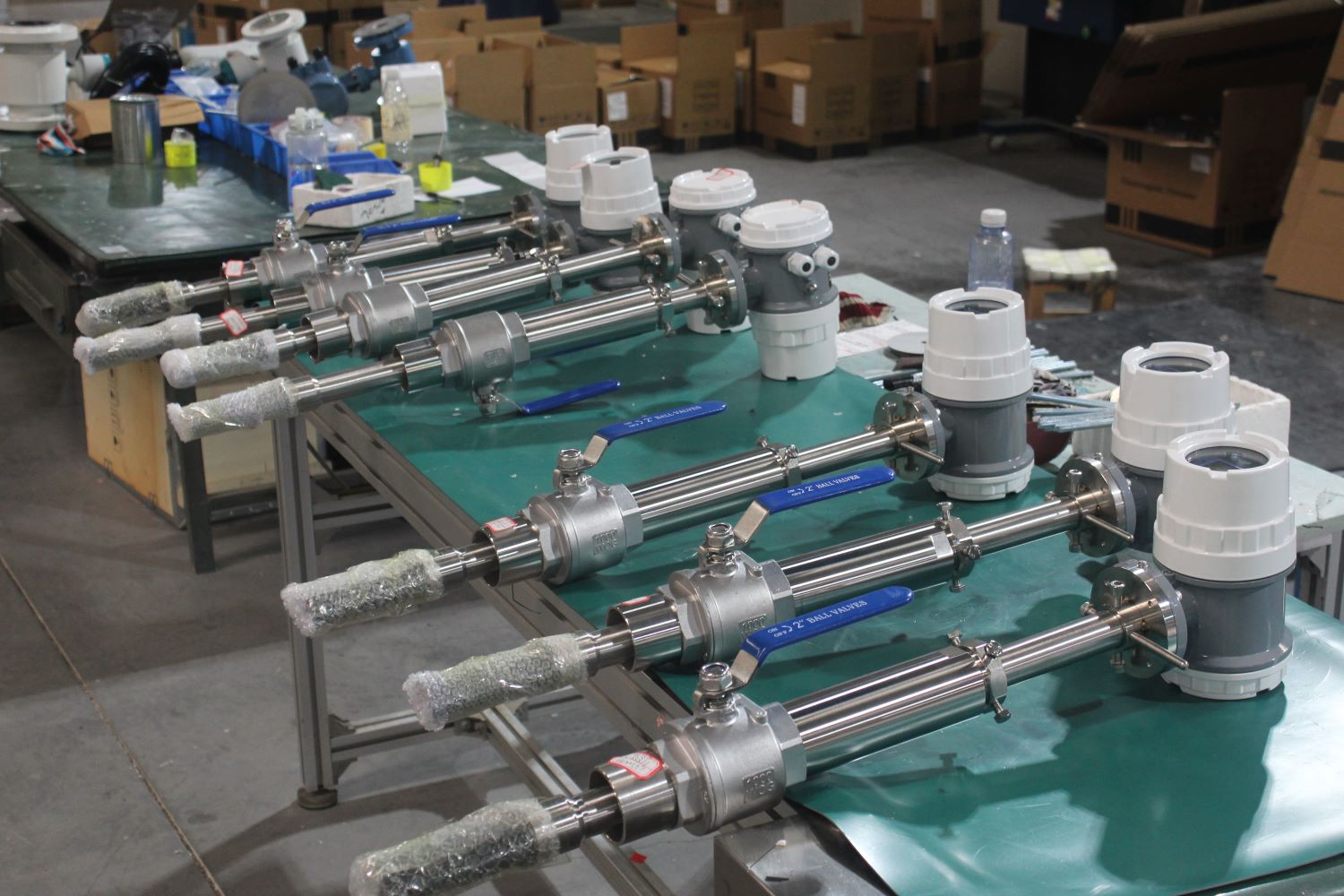
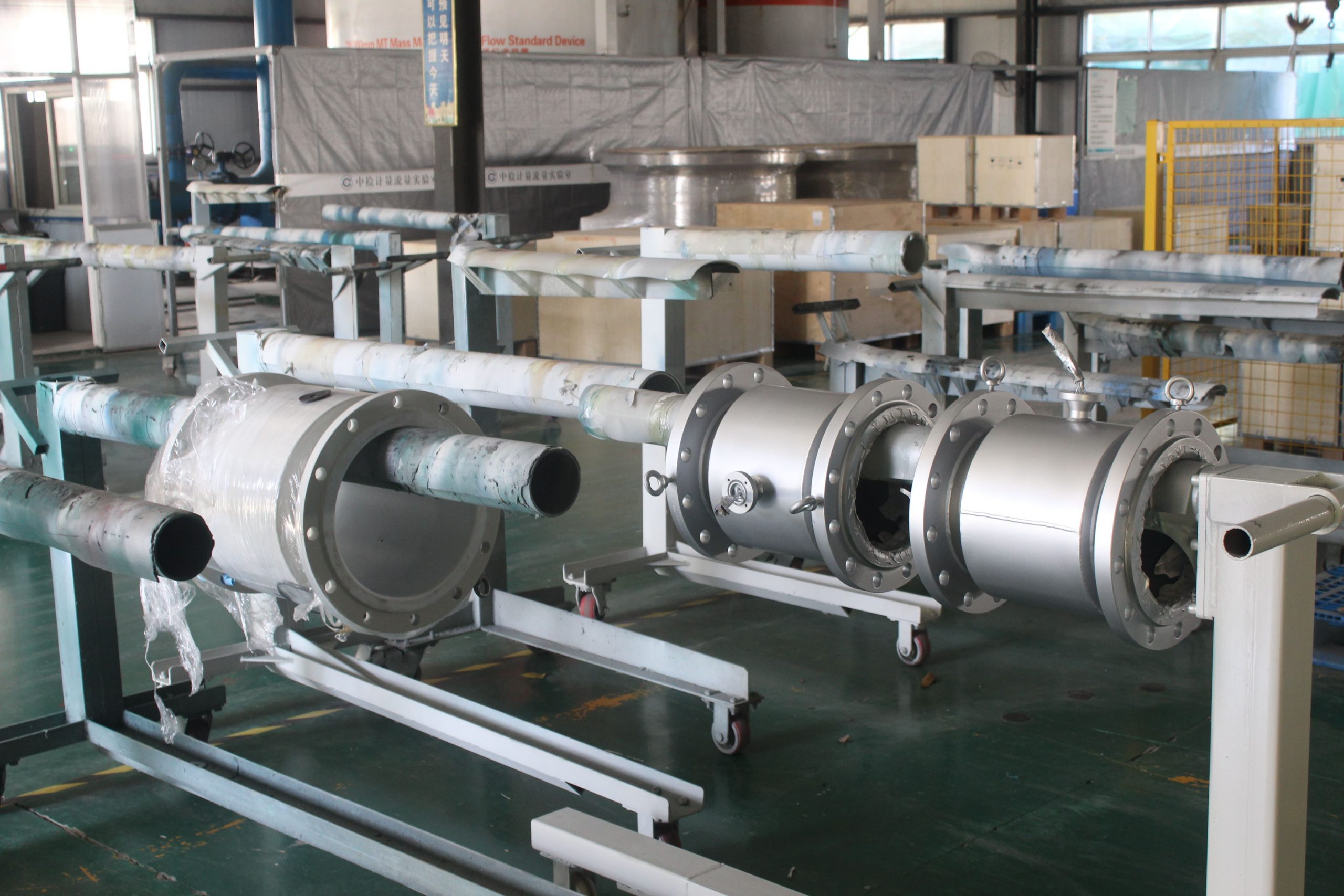
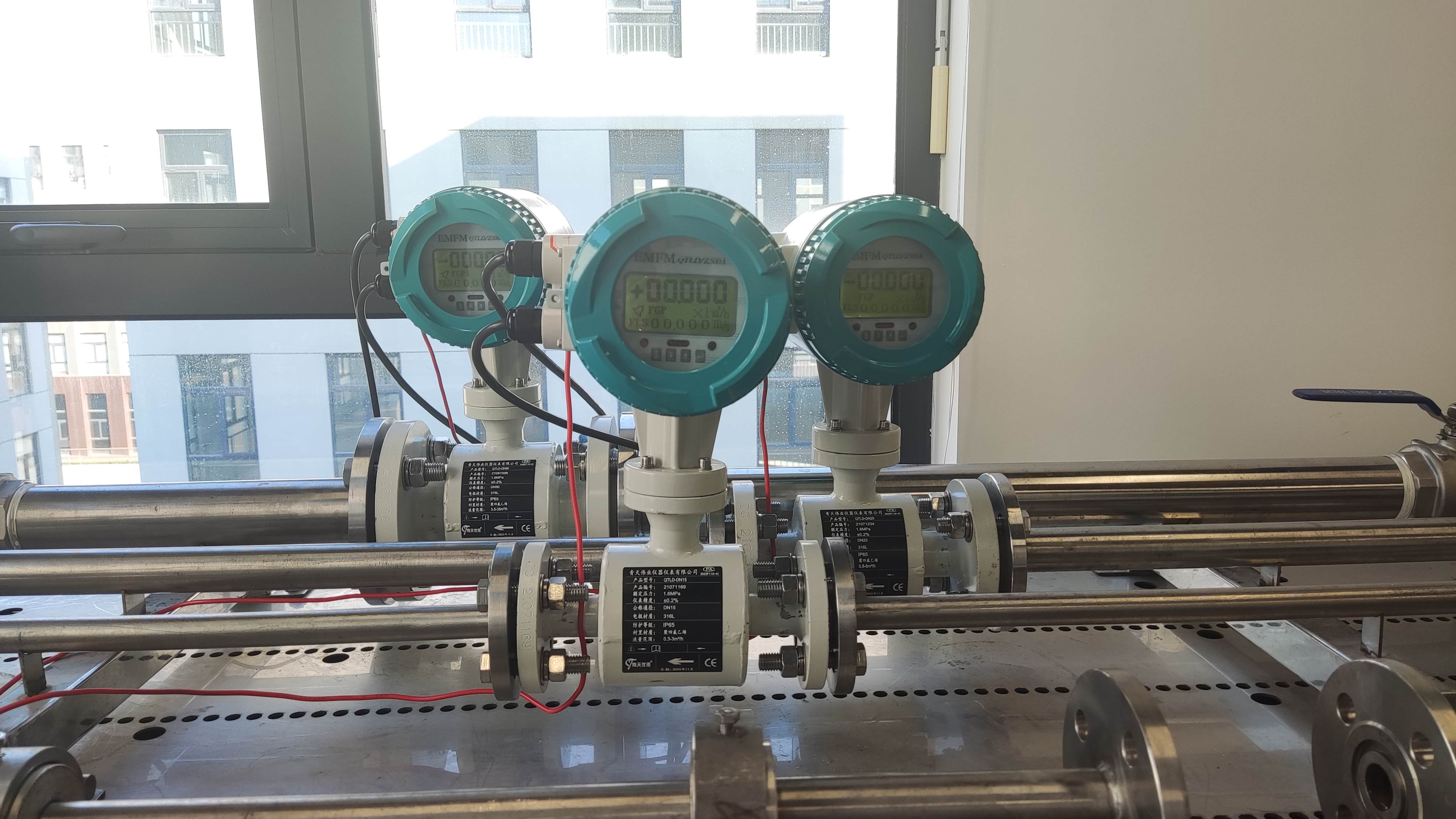
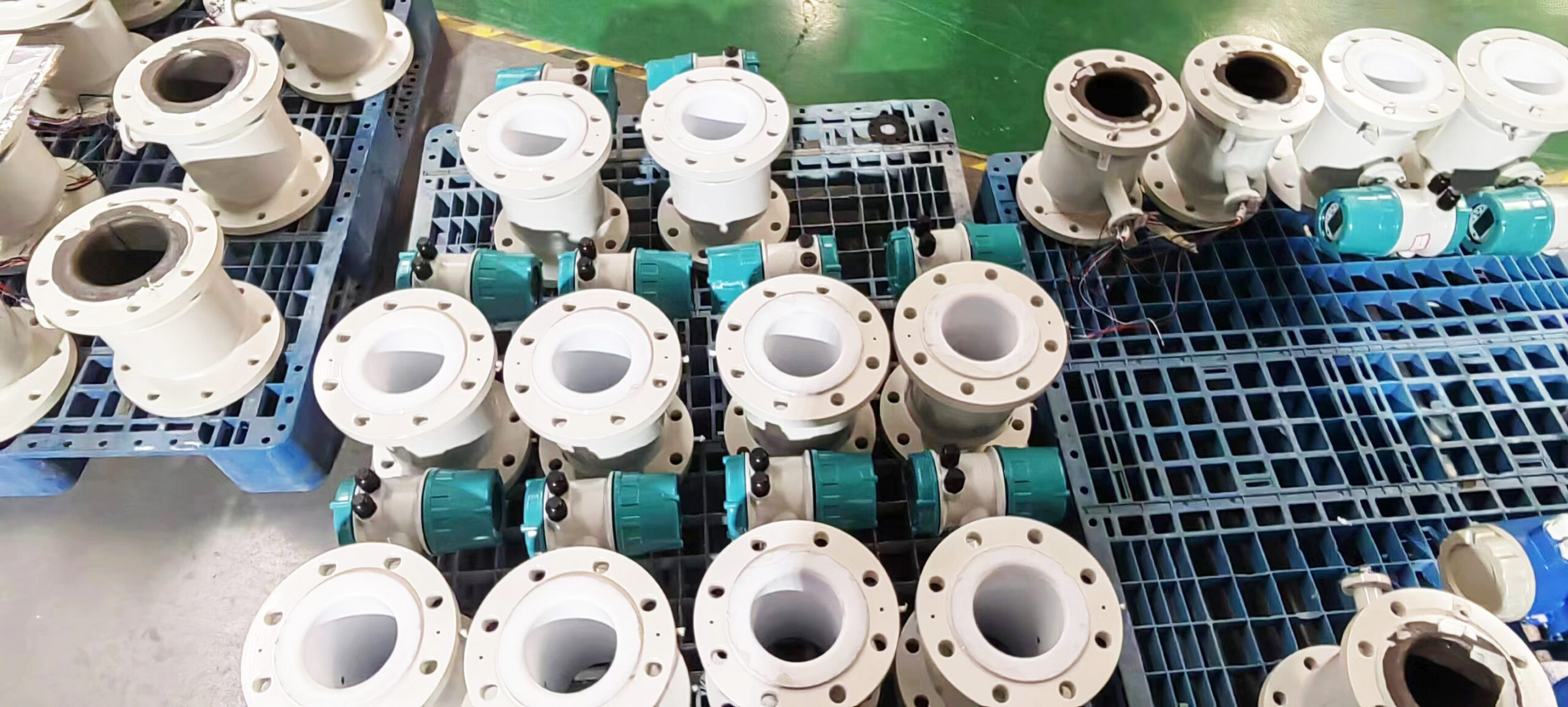
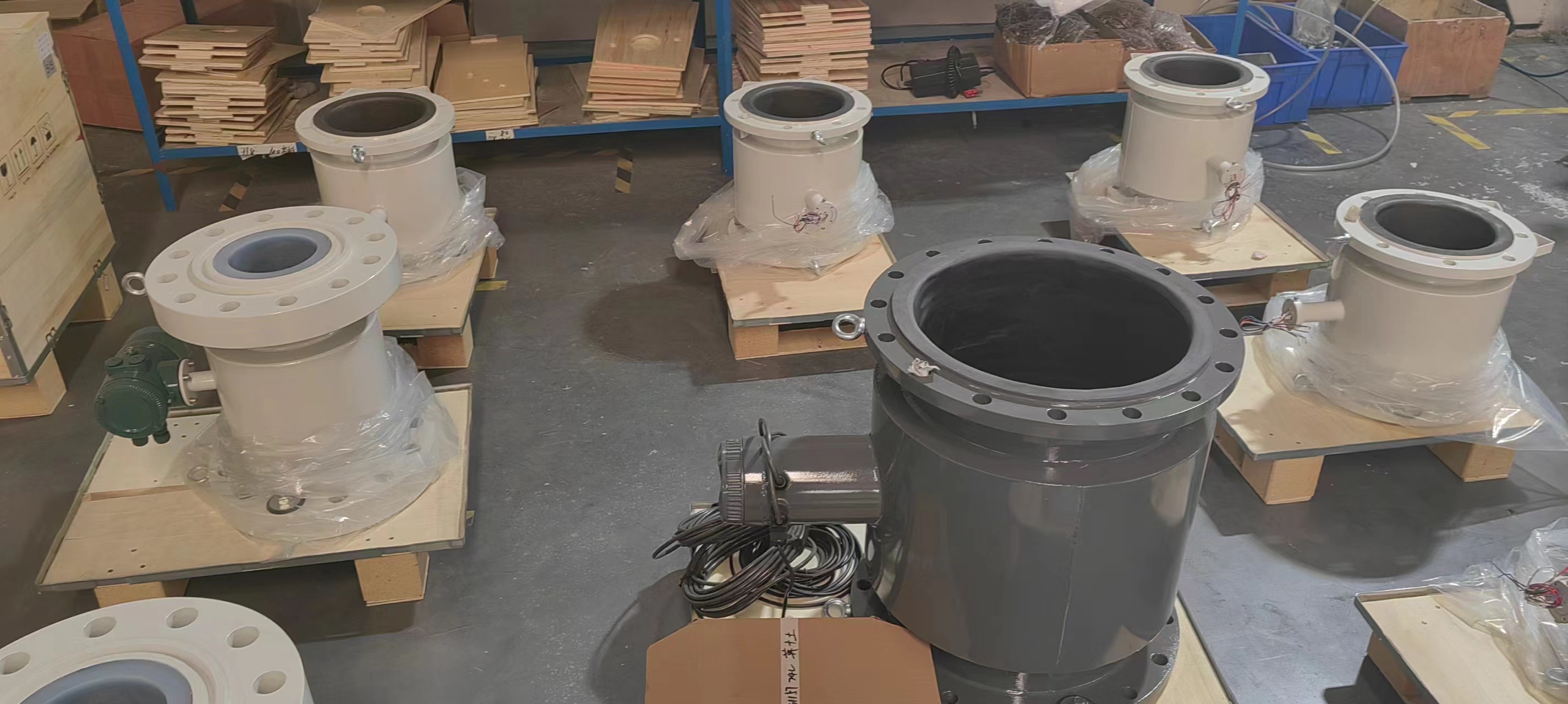

-.jpg)
